1. Glass and Chrome Overload
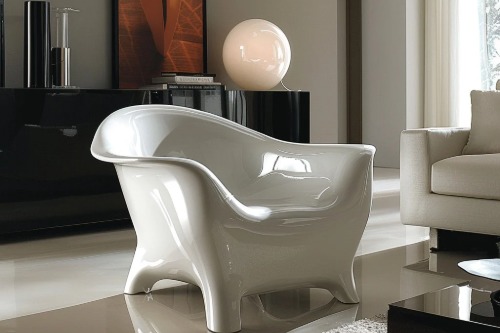
Glass coffee tables, chrome light fixtures, mirrored furniture—they can make a space feel bigger and more open. But too many reflective surfaces can veer into cold, almost futuristic territory. The room might feel like a high-end office lobby instead of a lived-in home. There’s no visual “anchor” to ground the space.
Soften the look with a mix of finishes. Pair that chrome lamp with a wood side table, or balance a glass table with a chunky knit rug. The contrast creates warmth and balance. Let the shiny things shine—but not dominate.
2. High-Gloss Finishes Everywhere

Glossy surfaces on cabinetry, countertops, and even floors look sleek and polished. But when overused, they reflect so much light that a room can feel more clinical than comfortable. They also show smudges and fingerprints easily, which can make a space feel high-maintenance. It’s the visual equivalent of sitting on plastic-covered furniture.
Instead, mix gloss with matte or natural textures for visual contrast and depth. A high-gloss kitchen island might pair well with honed stone countertops or matte metal fixtures. This combo adds dimension and makes the space feel more approachable. Shine is great—just not everywhere.
3. Overly Matching Furniture Sets
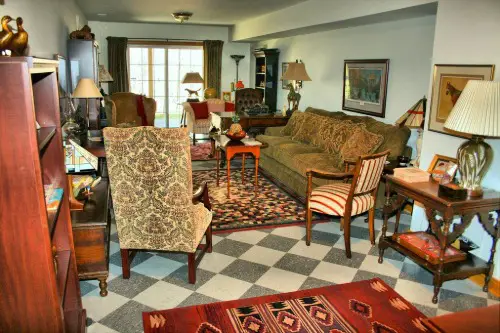
Walking into a room where every piece of furniture is the exact same wood tone or fabric can feel oddly robotic. It’s a common shortcut people take when trying to make a space look cohesive. But in reality, it often erases personality and can leave a room feeling stiff and predictable. There’s a fine line between curated and catalog.
A better approach is to mix complementary styles, colors, or materials. For example, try pairing a modern sofa with a vintage coffee table. That slight mismatch can actually create a more lived-in, human atmosphere. Think of it like dressing yourself—matching shoes and belt, sure, but not head-to-toe in one fabric.
4. No Personal Items on Display
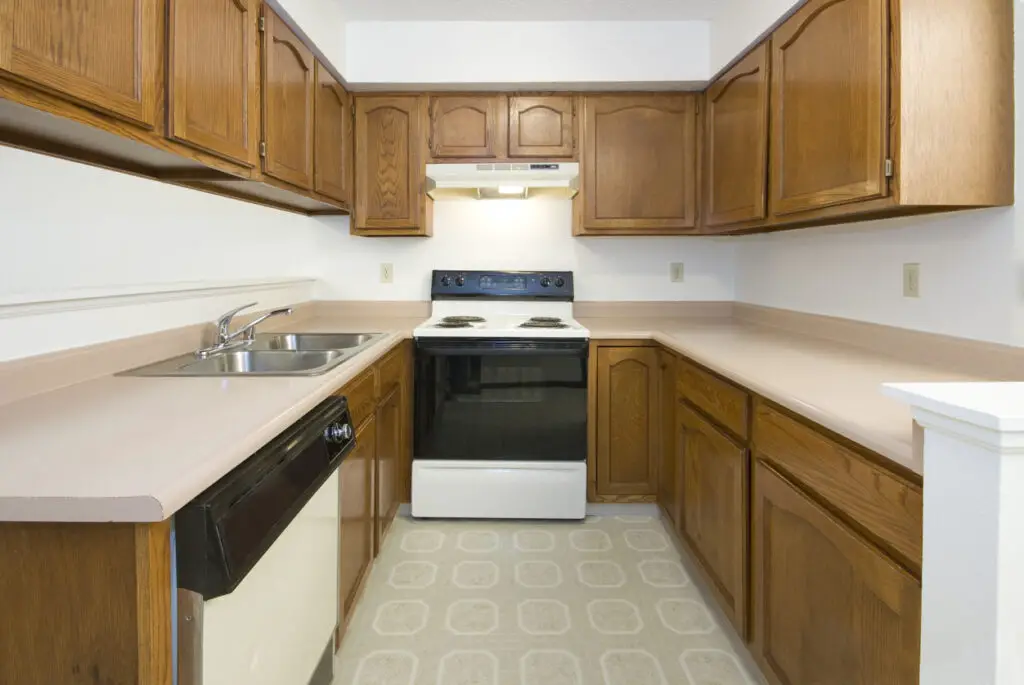
Minimalist spaces often hide away personal photos, mementos, or books in an attempt to keep things looking streamlined. While it might make the room feel “designed,” it also strips it of its soul. Without anything that tells a story, the space can feel more like a waiting room than a home. Visitors (and even you) might not connect with it emotionally.
The fix is simple: bring some personality back in. Display a few framed photos, a souvenir from a memorable trip, or a book you actually read. These small touches add warmth and spark conversation. It doesn’t have to be cluttered to feel human.
5. Excessive Use of Gray
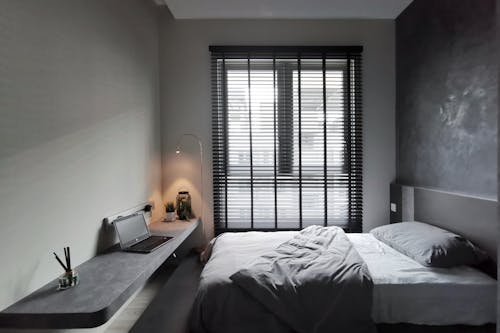
Gray is versatile and calming—but overdoing it can make your space feel moody in all the wrong ways. Entire rooms done in gray walls, gray furniture, and gray floors can feel cold and distant. It dulls the natural light and can even have a damp, dreary effect, especially in cloudy climates. It’s modern, yes, but not always welcoming.
Introduce warmth by layering in warmer undertones or complementary colors. Think wood accents, brass hardware, or a throw pillow in rust or mustard. Even plants can help counterbalance the chill of too much gray. The goal is contrast, not monochrome.
6. Ultra-Minimalist Art
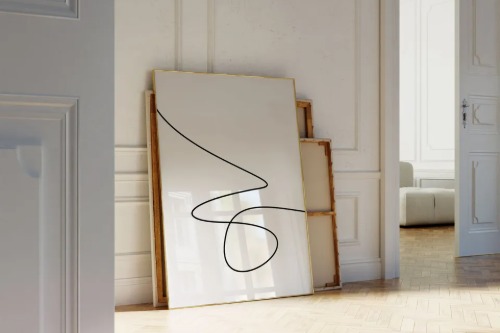
A blank canvas or a few sparse line drawings may look sophisticated, but they often do little to connect emotionally with a viewer. Art should provoke feeling, and ultra-minimalist pieces can sometimes fall flat. When the art is too abstract or too sterile, it becomes more of a decorative afterthought than a meaningful focal point. It’s like having music with no melody—fine, but forgettable.
Instead, choose art that resonates with you or adds color and texture to the room. Even a simple landscape or bold abstract can inject warmth and life. It doesn’t have to be expensive—it just has to feel real. If it makes you smile, it probably does the same for others.
7. Sharp-Edged, Sleek Furniture

Think squared-off sofas, hard-lined coffee tables, and metal dining chairs—they look modern and cutting-edge. But physically and visually, they can feel uncomfortable. Rooms full of sharp lines often lack the softness that makes a space feel like home. It may look like a design magazine, but it won’t make people want to linger.
Look for rounded corners, plush upholstery, or pieces that invite you to sink in. Even adding one curvy chair or a round ottoman can change the whole dynamic. It softens the edges—literally and emotionally. Comfort doesn’t have to cancel out style.
8. Monochrome Decor Palettes
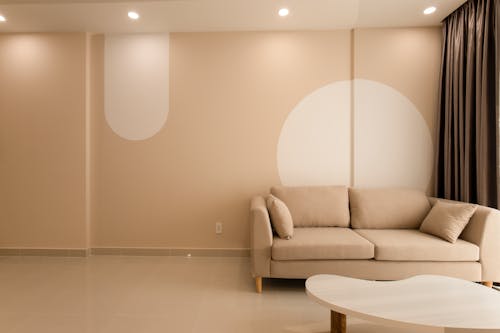
Choosing one color and running with it can feel like a smart, safe design choice. But when that single hue dominates the walls, the furniture, the textiles—it starts to feel flat and uninviting. Even beautiful colors like navy or beige can become boring and cold when there’s no variation. It limits the sense of movement or life in the room.
To warm it up, add in tonal variations, complementary shades, or small pops of contrast. A navy room might sing with accents in rust, gold, or forest green. Beige can be elevated with caramel, terracotta, or soft peach. It’s the diversity that creates depth.
9. All-White Color Schemes
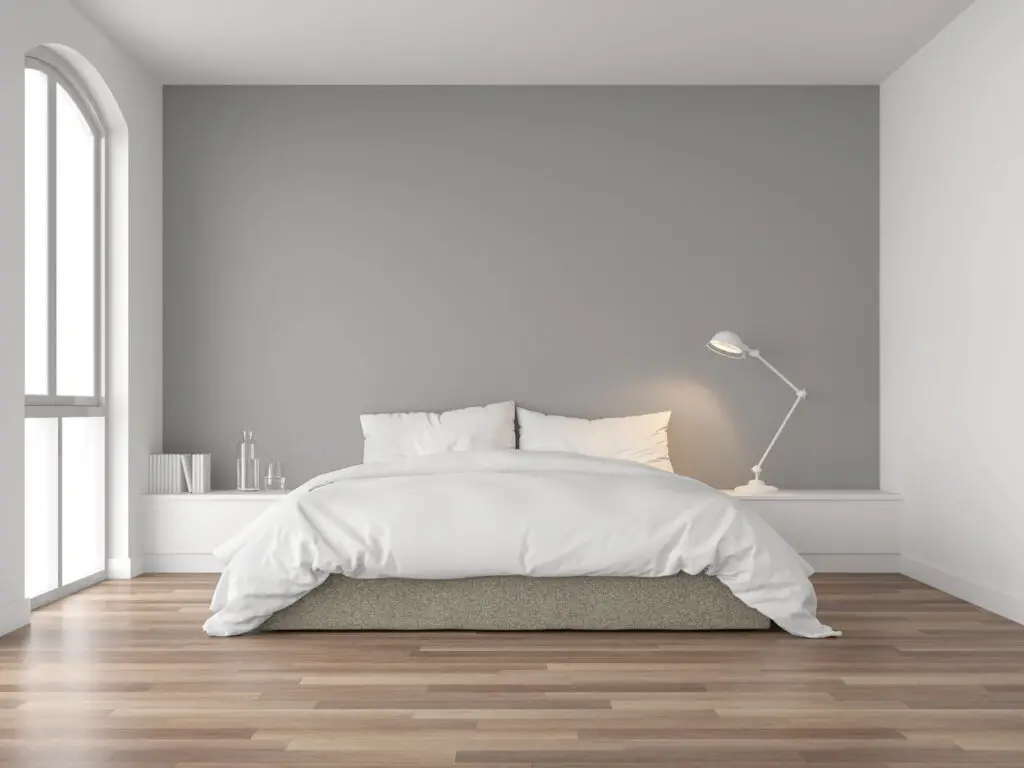
White walls, white furniture, white rugs—it’s the go-to look for minimalists and modern design lovers. But when everything is the same shade of white, it can feel more like a showroom than a lived-in space. Without texture or contrast, it lacks the visual warmth that makes a room feel cozy. Instead of inviting you to relax, it can come across as sterile or unfinished.
The trick here is balance. Layering in soft neutrals, different materials (like wood or linen), or even subtle off-whites can keep the clean aesthetic while softening the vibe. Think oatmeal throws or cream-colored curtains to warm things up. A little variation goes a long way.
10. Lack of Soft Textiles
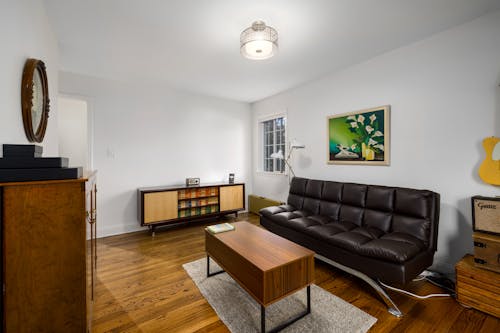
Sleek leather sofas, bare floors, and stiff dining chairs may be easy to clean, but they aren’t exactly inviting. When there’s no softness underfoot or behind your back, the space feels utilitarian instead of nurturing. Textiles help absorb sound too, so their absence can also make a room feel echoey or cold. It’s a sensory gap that most people don’t realize is missing—until they step into a cozier room.
Add softness through throw pillows, rugs, curtains, and blankets. Even small doses of texture—like a woven basket or a velvet cushion—can make a difference. The tactile variety brings comfort and approachability. Think about how a hotel bed feels—plush, layered, and hard to leave.
11. Harsh Lighting
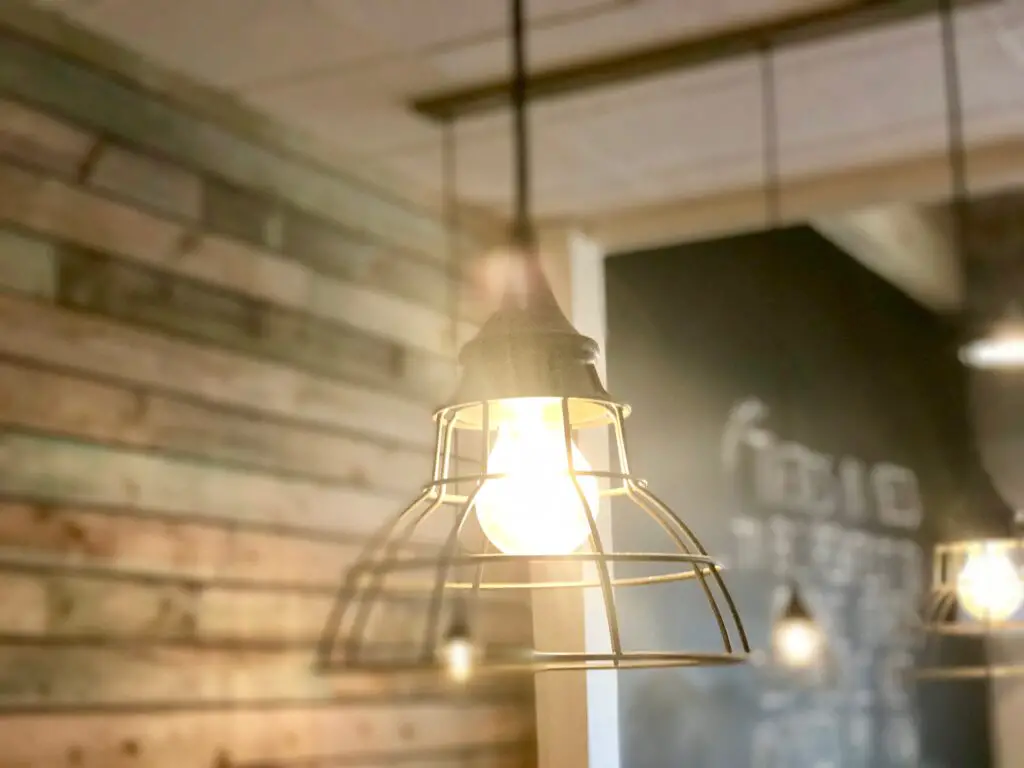
Bright, overhead lighting—especially with cool-toned bulbs—can make even the most beautifully decorated room feel like an interrogation room. It washes everything out and casts harsh shadows. Without the option to dim or layer your lighting, the space loses nuance and intimacy. No one wants to relax under fluorescents.
Instead, layer your lighting with lamps, sconces, and warm-toned bulbs. Use dimmers where you can and aim for soft pools of light rather than full-blast brightness. Lighting is mood-setting—it’s worth getting right. Think candlelight, not surgery room.
12. Immaculately Staged Surfaces
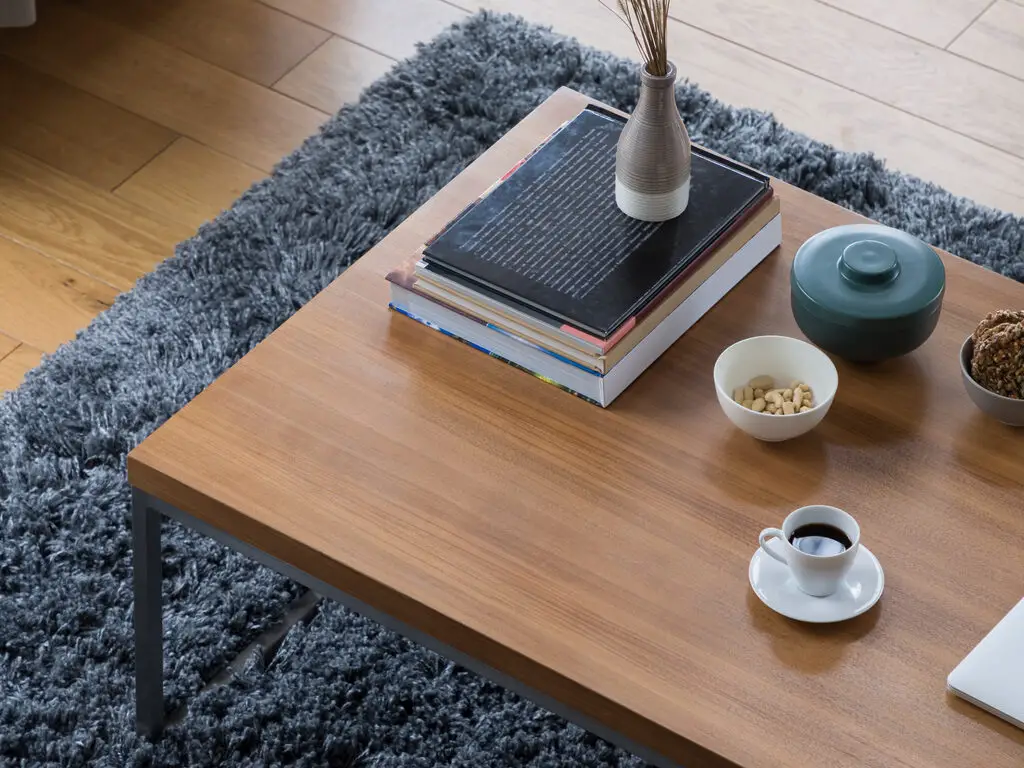
Perfectly styled shelves, untouched coffee table books, and flawless floral arrangements may look amazing in photos. But in real life, they can make people feel like they can’t touch anything. When every object is precisely angled, the space reads more like a display than a home. It subtly communicates, “This isn’t for you.”
So don’t be afraid of a little imperfection. Let that blanket fall off the couch a bit, or leave your favorite book mid-read on the table. Life adds charm that design alone can’t fake. A little mess makes a space feel loved.
This post 12 Decor Touches That Look Polished But Make Homes Feel Cold was first published on Greenhouse Black.
